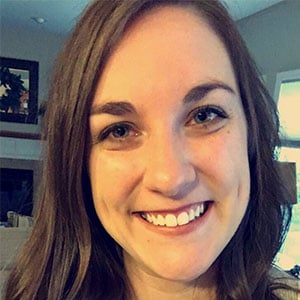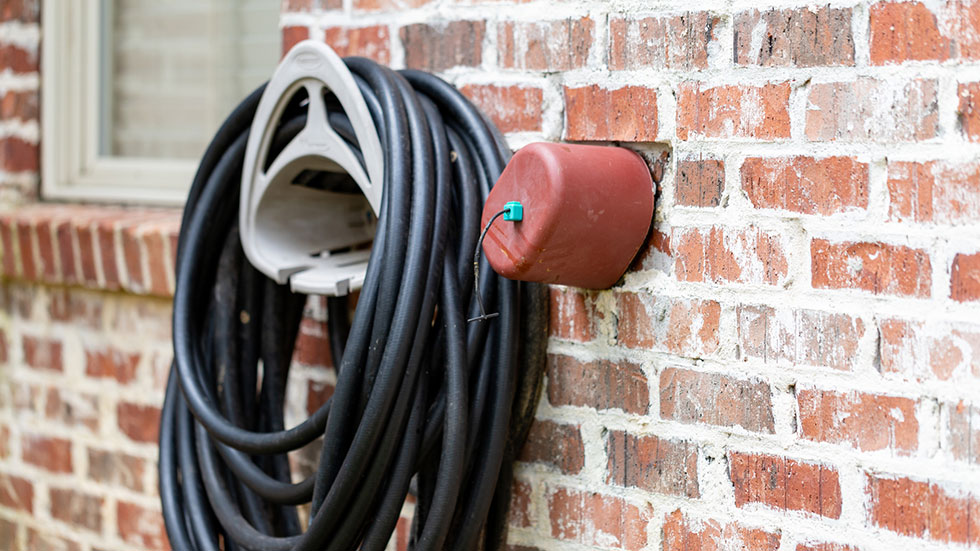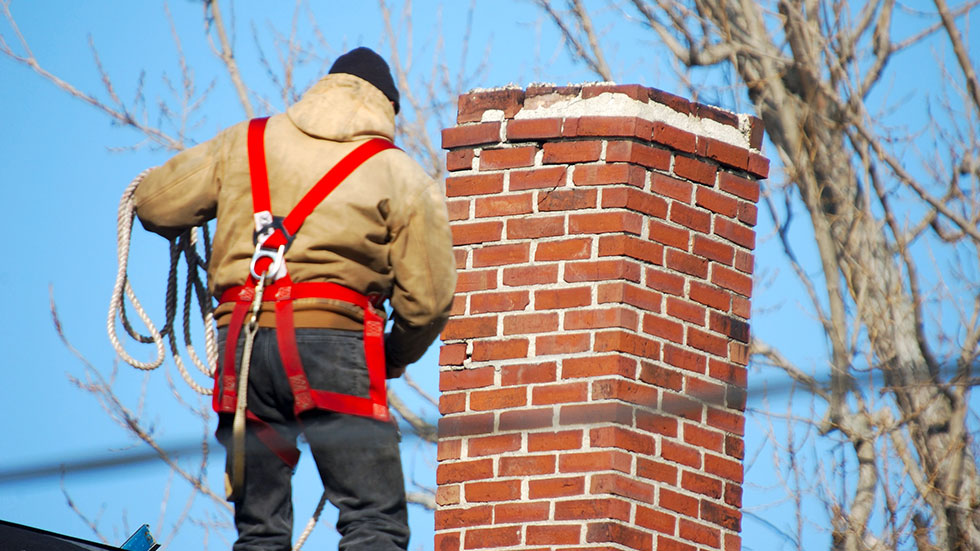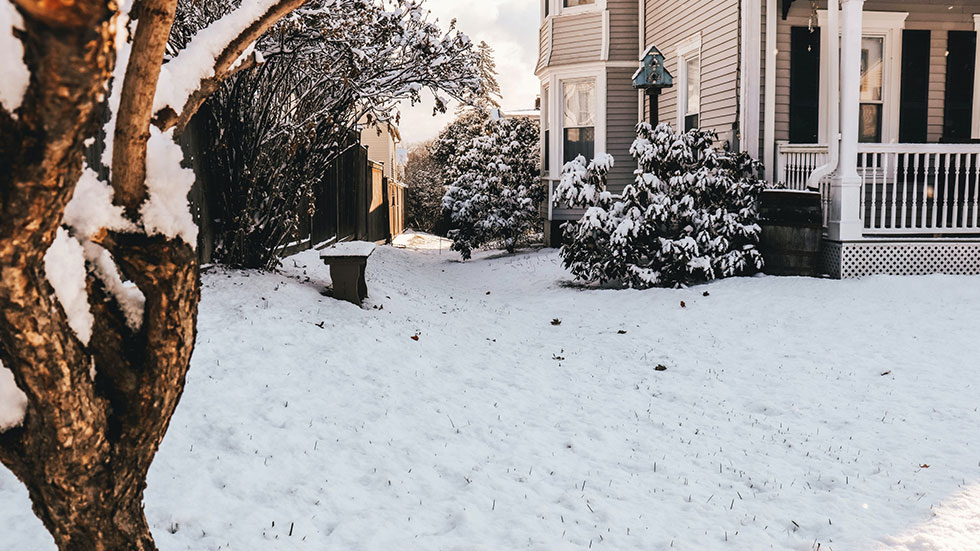

As the year goes on, we all must prepare ourselves for the colder weather. It’s time to pack away the shorts and flip flops and replace them with jeans, sweaters and boots, switch from air-conditioning to heat, and break out the warm blankets.
But did you know there are also things homeowners should do to prepare their home for winter weather? These steps, most of which you can do yourself, can help protect your home from damage and save you money.
Here are 11 things you can do to prepare your home for winter, protecting it from storms and keeping money in your wallet.

HAVE YOUR FURNACE INSPECTED
Calling in a professional to inspect your furnace and/or heat pump can ensure the system is clean and operating effectively and efficiently. Not only that, but by catching and fixing any problems early, you won’t have to worry about not having heat during the coldest days of the year. And it can save you money on energy bills.
REVERSE CEILING FANS
Hot air rises, so if you change your ceiling fan to spin the opposite way (clockwise) after you turn on your heat, the fan will push warm air down into the room. This can be especially beneficial if you have high ceilings.
CHECK THE ROOF
Loose, damaged, or missing shingles may leak during winter snowstorms. Check to ensure your shingles look good and if necessary, gently rake or blow off any leaves or pine needles that may have gotten trapped. If you can get up on your roof, consider checking for any breaks or cracks in the flashing seals around your vent stacks and chimneys, which could also leak and cause water damage inside your attic or home.

SEAL WINDOWS AND DOOR FRAMES
Drafts coming through window or door frame gaps can cool down your home and increase your heating bills. First, check around your doors and make sure you can’t see any daylight from inside your home. If so, apply weather stripping to the frame. Next, check that you can’t feel a draft from your windows, and that gaps between siding and window frames aren’t bigger than the width of a nickel. If so, reapply exterior caulk or seal the windows from the inside.

CLEAN THE GUTTERS
Removing leaves and other debris from gutters can prevent water from backing up into the house and damaging siding, roofing, or wood trim. Clogged gutters can also overflow and cause flooding or ice dams. While up there, check to ensure your gutters aren’t damaged. You can either do this yourself or hire someone to do it professionally.

TURN OFF OUTSIDE FAUCETS
If there is water in exposed exterior faucets, it could freeze and cause pipes to burst. Be sure to disconnect and drain all garden hoses, and drain water that remains in the faucets. If you have one, also turn off the shut-off valve inside your home, typically found in the basement.
If you have a lawn irrigation or sprinkler system, that should be winterized as well. You should likely call in a professional to do the job, but draining those pipes and spigots can help avoid freezing, leaks, or burst pipes.
TEST THE SUMP PUMP
To be sure your sump pump can drain and take away water from melting snow and ice, slowly pour several gallons of water into the pump to make sure it turns on. Have someone stand at the street or where the pump drains and ensure the water flows out properly. You can also refer to the owner’s manual for further testing or maintenance instructions.

SWEEP THE CHIMNEYS
Before lighting a fire in the fireplace, make sure the fireplace, chimney, and vents are clean and functioning properly. Otherwise, you may risk a chimney fire or carbon monoxide leaking into your home. A chimney sweep can inspect the chimney to see if it needs cleaned, and can perform the cleaning and repairs for you if necessary.
PREP YOUR ATTIC
When the weather gets colder, critters like squirrels, birds, and raccoons are looking for a warm place to stay. Your attic can be that perfect place. To prevent damage caused by these pests, make sure trees are trimmed away from the home and your vents are intact. You may want to cover vents with a screen, and repair any holes the animals could sneak in.

WINTERIZE LAWN EQUIPMENT
Before putting away your lawn mower and any other gas-powered equipment (like weed wackers, blowers, or pressure washers), drain all of the gas. Old gas can gunk up the fuel filters and make the equipment function improperly. Or, you can add a fuel stabilizer. For further instructions, check the owner manuals for your equipment.
TEST SMOKE AND CARBON MONOXIDE DETECTORS
Check all of your home’s smoke and carbon monoxide detectors to ensure they are working and have good batteries. If your home doesn’t have a carbon monoxide detector, consider buying one. These can be purchased at any home goods store or online and can help protect you and your family from this hazard.
